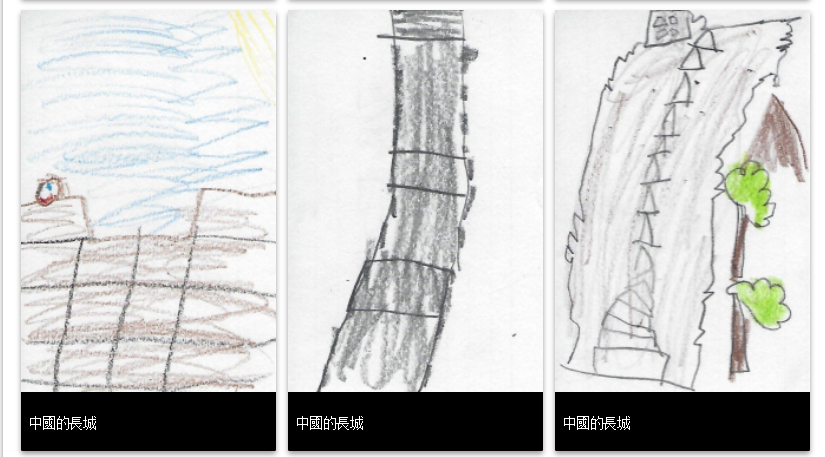This lesson is for : Grade 5:
Summary
The 5th grade students in both Katie Schmid and Ann Ballinger’s class had participated in the Hour of Code Project. Based on their enthusiastic response we decided to explore more coding with our students. They are involved in using coding programs to create either a game or a study tool to help learn and/or review topics from 4th or 5th grade. The products will be shared with our parents on March 8th before the PTA meeting in an event we will call Family Code Fest 2016 During the event, parents will learn about coding from each of the different groups as well as play the games.
TIPC Ratings
Research & Information Fluency
Rating: Ideal – Explanation: The students assembled and synthesized information they acquired from their research of the different coding options they had to make their SOL-based game. The students had a choice of methods such as Google Docs and Padlet to record their research results. After choosing the coding program/website they wished to use for their games, models, etc., the students used their research to aid in making their projects. As their projects grew, many groups enlisted the help of tutorials as well. Determining website authenticity to ensure their information was accurate was reviewed before the onset of the project, and students used those skills as they reviewed websites.
Communication & Collaboration
Rating: Ideal – Explanation: The students formed their own groups. Within those groups, they assigned their own roles relative to their group’s project, and established their own group norms that they needed to solve the authentic task of using coding to create SOL-based games. Using these projects, they planned and implemented Pemberton Elementary School’s first Family Code Fest 2016. The students Skyped with Ozz Nixon, a local programmer, after creating their own questions about coding, the occupation of programmer, etc. They reflected on their roles as communicators and collaborators on the classroom blog and set goals for future growth.
Critical Thinking & Problem Solving
Rating: Ideal – Explanation: The students chose the appropriate digital tools, as well as, used higher order thinking skills and questioning, as they formulated problem solving strategies to solve the authentic task. Creating the games on their own using coding required a great deal of critical thinking and problem solving. As the students encountered errors in their creations, they had to analyze where the problem occurred, devise a new plan, and then implement it. They reflected on their roles as critical thinkers and/or problem solvers on the classroom blog and set goals for future growth.
Creativity & Innovation
Rating: Ideal – Explanation: The students were allowed to go beyond the scope of the assignment based on their interests. One group even chose to make a 3D model of an animal cell using a 3D printer. They synthesized knowledge they already knew from previous lessons relative to their SOL focus of choice for their games, their experiences with the Hour of Code and MIT’s Scratch, and their newly acquired knowledge of Tinkercad, Kodu, and Google Sketchup. They generated new knowledge through questions they asked Ozz Nixon and Dr. Koontz, and through experimenting with creating their own games using the knowledge of the aforementioned programs. They reflected on the creative/innovative process on the classroom blog and set goals for future growth.






